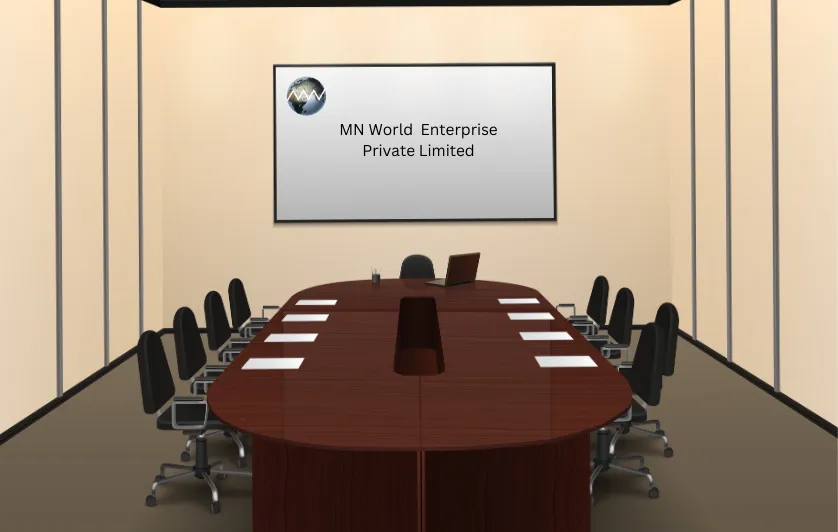Introduction
The classic conference room is changing significantly in an era where technology is quickly changing the way we operate. Leading the charge in this transformation are audio-visual (AV) systems, which improve meeting outcomes and promote a more interactive, cooperative, and effective atmosphere.
The Evolution of Conference Rooms
Conference rooms are no longer just places with a table, chairs, and a whiteboard. Regardless of the players’ locations, they are now high-tech hubs created to enable smooth communication. Sophisticated audiovisual technology have revolutionized the way meetings are conducted, increasing their efficiency and interactivity.
Enhanced Connectivity and Collaboration
The ability of contemporary AV systems to link people is one of its biggest effects. With the rise of remote working, video conferencing technology has made it possible for team members to join in meetings virtually from anywhere in the world. Clear sights and audio are provided by high-definition cameras and microphones, which improves the effectiveness and personalization of communication.
Interactive Displays and Smartboards
Classic flip charts and whiteboards are being replaced by interactive displays and smartboards. These technologies promote a collaborative atmosphere where ideas can be explored and improved by those involved by enabling real-time sharing, annotation, and saving of digital content. Engaging and dynamic meetings are enhanced with interactive information, which leads to more productive sessions.
Wireless Technology
Conference rooms are becoming less cluttered with connections thanks to wireless technology. Participants can easily exchange content from their devices using wireless screen sharing and presentation systems, eliminating the requirement for physical connections. In addition to simplifying the setup procedure, this flexibility promotes more impromptu and engaging presentations.
AI and Automation in Meetings
Conference rooms are increasingly incorporating artificial intelligence (AI). AI-powered audiovisual systems have the ability to automate a number of tasks related to a meeting, including focusing camera shots on the speaker and modifying temperature and lighting according to occupancy and time of day. AI can also improve the conference experience by offering real-time translation and transcribing services, which will increase accessibility and inclusivity.
Immersive Audio Systems
An essential element of productive meetings is high-quality sound. Everybody can be heard well thanks to sophisticated audio systems that include technology for echo cancellation and noise cancellation. This is especially crucial when there are remote participants in a hybrid meeting setting. It is ensured that distant players are active contributors rather than only passive listeners with high-quality immersive sound systems.
Virtual and Augmented Reality
In the future, meeting interaction will be significantly enhanced by virtual reality (VR) and augmented reality (AR) technologies. These innovations in data visualization and interaction offer novel ways to work with prototypes, designs, and data. They can also be used to build immersive meeting spaces or to superimpose digital information on the real world.
Challenges and Considerations
These sophisticated AV systems have many advantages, but there are drawbacks as well. Putting state-of-the-art technology into practice can be expensive, and it also need constant support and maintenance. Furthermore, the success of these systems depends on making sure that all users, regardless of level of technical proficiency, can utilize them with ease.
Conclusion
The way that cutting-edge AV systems are transforming conference rooms is not just a fad; it is a reflection of how the workplace is evolving. With the help of these technologies, meetings are becoming more effective, interesting, and inclusive. They are also removing barriers related to location and encouraging teamwork. It’s obvious that conference room audiovisual systems will play an increasingly important role in the future, improving communication and collaboration. The conventional meeting room is evolving, and a more imaginative, dynamic, and connected venue is taking its place. The fundamental structure of meetings is evolving together with the physical design of conference rooms, resulting in increasingly innovative and productive solutions.

